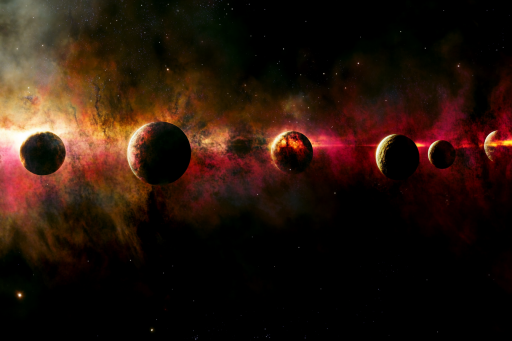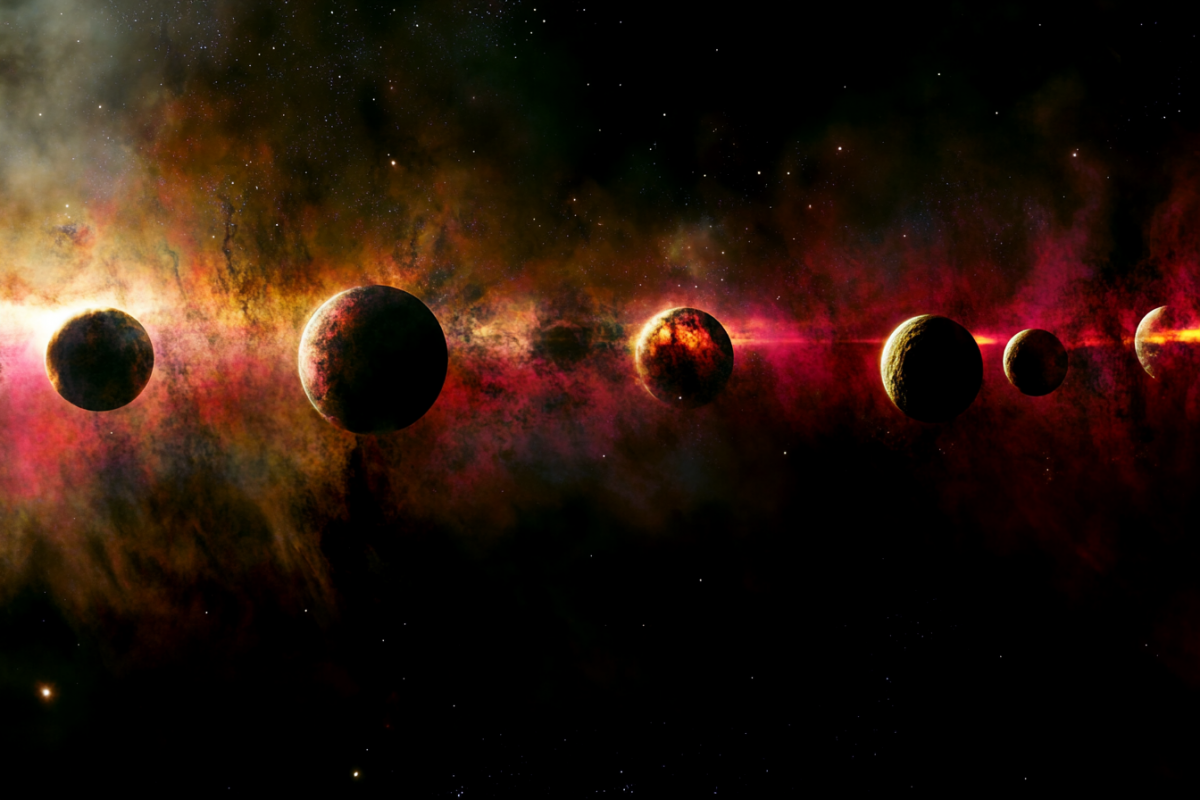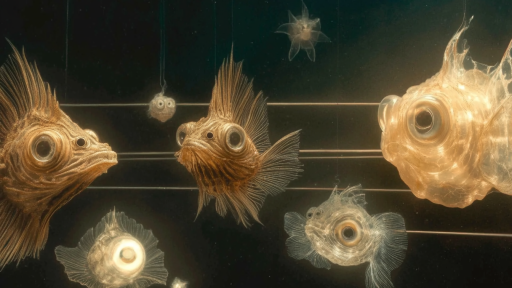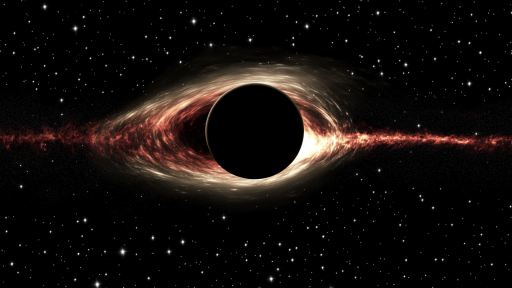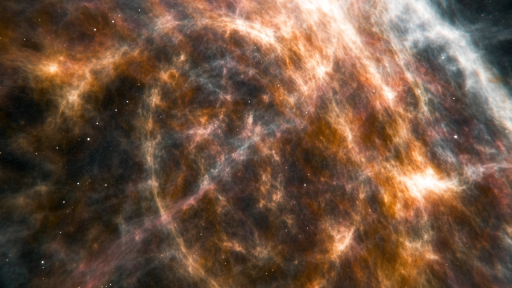
The universe is filled with planets so bizarre that they defy imagination. Some worlds are covered in endless oceans of lava, while others rain molten glass or orbit their stars in ways that challenge our understanding of physics. These strange exoplanets stretch the limits of what we thought was possible, proving that the cosmos is full of surprises. Journey beyond our solar system and explore the weirdest planets ever discovered.
HD 189733b – The Planet Where It Rains Molten Glass

This nightmarish world orbits perilously close to its star, creating a scorching atmosphere filled with silicate particles. Fierce winds whip across the surface at over 5,400 mph, turning raindrops into shards of molten glass. If that wasn’t terrifying enough, the planet glows a deep blue—just like Earth, but for entirely different and deadly reasons.
55 Cancri e – The Diamond Planet

This exoplanet is so rich in carbon and subjected to such intense pressure that scientists believe it could be made largely of diamond. Its surface likely features molten carbon seas, making it a dazzling but deadly inferno. If mining technology ever advanced far enough, this planet could be worth more than all of Earth’s resources combined.
WASP-12b – The Planet Being Eaten by Its Star

WASP-12b is locked in a deadly embrace with its host star, which is slowly tearing it apart. The planet is stretched into an egg-like shape as its atmosphere is consumed, forming a ghostly tail of lost matter. Eventually, this doomed world will be completely devoured, leaving only a faint trace of its existence.
Gliese 436b – The Planet Where Ice Burns
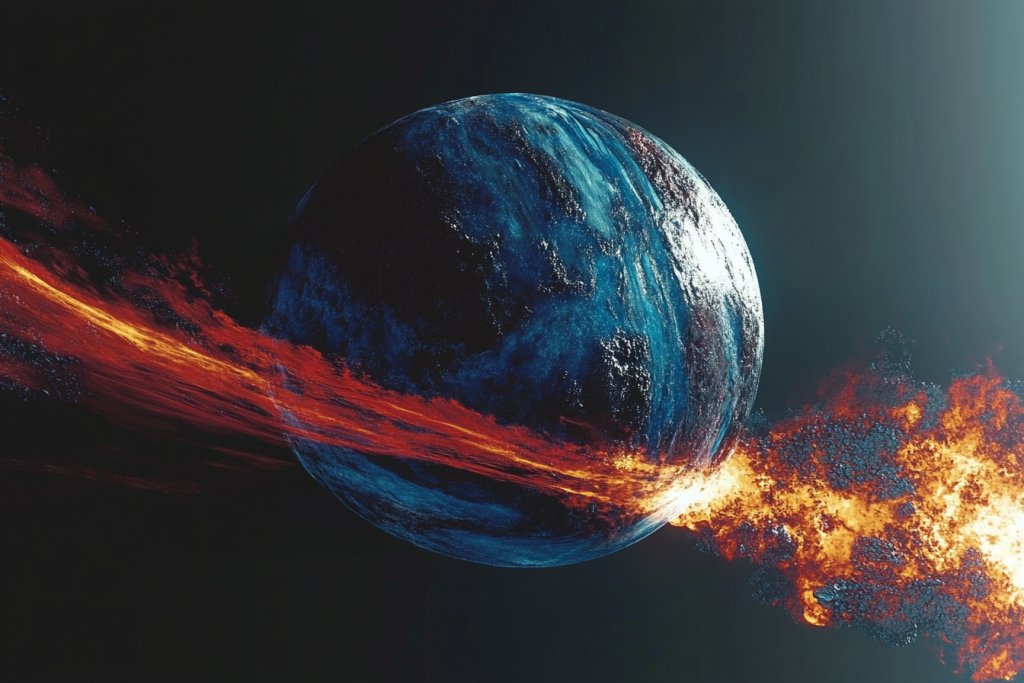
This exoplanet is so hot that ice remains solid, defying logic as it burns without melting. The extreme gravity of the planet forces water molecules into an ultra-dense, exotic form known as “hot ice.” This fiery, frozen world challenges everything we know about the behavior of matter.
HD 106906 b – The Rogue Giant

This massive planet orbits its star at an unimaginable distance—more than 20 times the distance of Neptune from the Sun. Scientists are baffled as to how it formed and how it maintains its orbit without being ejected into space. Some even suspect it could be a young version of a rogue planet, drifting on the edge of its system.
Kepler-16b – The Real-Life Tatooine

Kepler-16b is a planet that orbits two stars, creating a sunset eerily similar to the famous scene from Star Wars. It experiences double sunrises and sunsets, making it a cosmic wonder of binary star systems. While it’s a gas giant and not habitable, its existence proves that sci-fi worlds may not be so fictional after all.
GJ 504b – The Pink Planet

This gas giant isn’t blue or red like planets in our solar system—it’s pink. Its unusual coloration comes from heat leftover from its formation, giving it a glowing, magenta-like hue. This young planet is one of the few directly imaged exoplanets, showcasing the diversity of colors in alien worlds.
TrES-2b – The Darkest Planet Ever Found

TrES-2b absorbs 99% of the light that hits it, making it the darkest known exoplanet. Scientists aren’t sure why its atmosphere reflects so little light, but it appears as an eerie black sphere in the vastness of space. If it weren’t for its faint red glow from heat, it would be nearly invisible.
Kepler-438b – The Most Earth-Like But Most Dangerous

This rocky exoplanet is almost the same size as Earth and orbits in its star’s habitable zone, making it one of the most promising candidates for life. However, its star is highly volatile, unleashing frequent solar flares strong enough to strip away any atmosphere. Even if it had life, it would be under constant cosmic bombardment.
HD 209458 b – The Planet with a Comet-Like Tail

HD 209458 b is a gas giant losing its atmosphere at an astonishing rate due to its close proximity to its star. The escaping gases create a vast tail, much like a comet, stretching for thousands of miles. If the planet survives long enough, it could eventually be reduced to a barren rocky core.
PSR B1620-26 b – The Planet Older Than the Universe

Nicknamed “Methuselah,” this ancient planet is estimated to be around 13 billion years old, making it nearly as old as the universe itself. It orbits a binary system consisting of a pulsar and a white dwarf, suggesting it has survived extreme cosmic events. This ancient world challenges our understanding of how planets form and endure.
Kepler-22b – The Super-Earth with a Possible Ocean

Kepler-22b is a super-Earth that orbits within its star’s habitable zone, meaning it could have liquid water. Scientists believe this planet may be entirely covered by a vast ocean, stretching for thousands of miles. If confirmed, this ocean world could be one of the most promising locations for extraterrestrial life.
OGLE-2016-BLG-1195Lb – The Frozen, Earth-Sized Planet

This Earth-sized planet orbits a dim, cold star, making it one of the most frozen worlds ever found. Its surface temperature is so low that even gases would freeze solid, leaving it locked in an icy wasteland. Despite its similarity in size to Earth, it is as inhospitable as the farthest reaches of deep space.
A Universe of Endless Surprises

Every new planet discovered pushes the boundaries of what we thought was possible. From planets that rain glass to those made of diamond, the diversity of alien worlds is nothing short of astonishing. The question is no longer whether weird planets exist—but just how strange they can truly get.

